The Patent Database (SC) is a valuable source of information, containing advanced technologies, technological processes and products worldwide .
Exploiting information from SC helps to promptly grasp the development trends in the world, avoid mistakes of previous research and learn ideas to improve products, production processes, and at the same time grasp information about competitors' technology, thereby building a competitive strategy and developing appropriate products. This is an economical and effective approach in implementing technological innovation activities, production processes and products for Vietnamese enterprises today. This article will introduce some models of exploiting technology, SC in the world and build a SC exploitation model suitable for Vietnam's conditions to support enterprises to improve their technological level and capacity.

Exploiting inventions helps businesses improve their technological level and capacity.
In today's global economy , to maintain a competitive advantage, businesses need to create new products and processes that offer higher value. Businesses must continually improve product features, benefits, and performance due to constant technological advances and international competition.
In the past, enterprises wanted to innovate mainly based on internal research and development (R&D) to create their own intellectual property. However, open innovation trends indicate that exploiting intellectual property outside the enterprise can shorten the time to innovate technology, to bring new products to market, reduce problems such as lack of financial resources, human resources and R&D potential of enterprises.
Implementing new R&D projects using only internal resources can be a big challenge for businesses, especially small and medium enterprises. Therefore, exploiting technological knowledge outside the business is an important need and motivation in improving the level and capacity of businesses.
In technological knowledge, SC certificates are one of the most important sources of information. According to a report by the World Intellectual Property Organization (WIPO), 90-95% of new technologies in the world are found in SC descriptions, while 80% of these new technologies do not appear in non-SC documents. Also according to a WIPO investigation, a company can save up to 60% of time and 40% of investment budget for R&D activities if it can use SC documents effectively [1, 2]. SC databases are a valuable source of information, containing advanced technologies, processes and products worldwide.
SC exploitation activities have two forms: (1) Activities of creating and exploiting the enterprise's endogenous SC through licensing, franchising and using in production and business activities; (2) Activities of exploiting information from SCs already outside the enterprise to obtain useful information to support the enterprise's operations. This activity is divided into two different exploitation forms: (i) Exploiting SC information from a large set of SCs, creating SC map reports/SC panorama reports to identify technology trends, research and development orientations, identify potential markets, identify and analyze competitors' technologies... and other useful information for the enterprise; (ii) Exploiting SC information from a group of SCs, or a few SCs to identify technology, decode technology to learn technology to apply and develop technology.
International experience
Model from Europe
The project “Exploiting Intellectual Property for Industrial Innovation” commissioned by the European Commission aims to design effective policies to encourage enterprises, especially small and medium-sized enterprises, to exploit patented SCs. The model was further tested in a field experiment involving hundreds of enterprises. The authors propose a three-pronged policy: (1) supporting enterprises to acquire external IP, (2) raising awareness and improving policy tools of business support organizations, (3) raising awareness of enterprises themselves. The model is divided into 5 main steps including:
Step 1: Identify SC exploitation needs, this is the step where intermediary organizations will work with businesses to identify interested businesses and collect technology needs from these businesses.
Step 2: SC Search, this is the step of searching for SCs related to the technology needs collected in step 1.
Step 3: Assess the level of interest of the enterprise. In this step, the enterprise will determine the level of interest of the enterprise itself with the SCs that have been searched and provided in step 2. There are 3 cases that can happen: (1) If there is no SC that suits the needs, the enterprise will research and develop the technology internally; (2) If the SC is suitable for the enterprise's needs, it will proceed to the next step 4; (3) If the technology in the SC is not completely suitable, it is necessary to add a step to assess the feasibility of modifying and integrating the technology from the SC. If it is still not suitable, the enterprise will develop the technology itself. If it is suitable, it will proceed to the next step 4.
Step 4: Check the availability of the SC. Identify the SC owner and contact the owner. The first thing to do is to check the status of the SC to see if it has been applied or not. There are some specialized measures to do this, but the most important is the information provided by the owner and the authentication of this information.
Step 5: Negotiation and financing. This is the stage where the parties involved contact each other and start discussing: (1) Scope of protection of the SC; (2) Field of use and market; (3) Issue of exclusive or non-exclusive use; (4) Negotiation of fees, payment methods and other related issues.
Exploitation through patent landscape reports
According to WIPO: The Patent Landscape Report provides an overview of the patent situation for a particular technology, within a given country or region or globally.
To build a SC panorama report, you can follow six steps as follows: (1) Determine the specific goals for the SC panorama report; (2) Conduct some general research on the topic of the SC panorama report; (3) Design a search strategy and identify specific keywords to conduct the search; (4) Conduct the search, determine if the search results are sufficient to answer the questions that need to be answered, if there is not enough information, you need to re-implement the search strategy; (5) Analyze and optimize the search strategy; (6) Filter out noise, visualize information and build a SC panorama report based on the information that has been collected.
Some of the basic applications of SC landscape reports include: Identifying technology gaps for development; identifying the competitive landscape of a particular technology; analyzing and identifying potential markets; identifying trends in a particular technology; Analyzing and identifying key technology holders and leading inventors.
Proposing a model of patent exploitation in Vietnam conditions
From the experience of exploiting SC as analyzed above and the specific conditions of domestic enterprises, the author proposes a model of exploiting SC to serve domestic enterprises (shown in Figure 1).
Accordingly, first we will determine the needs of the business, then we will analyze the needs of the business specifically, to see if the business needs general information about a technology field or if the business needs a specifically identified technology to apply.
In case the enterprise needs SC overview report information, the specific work steps include: collecting SC data, processing and analyzing data, visualizing the results and building a SC overview report. After that, the SC overview report will be reviewed by the enterprise for suitability. If it meets the requirements, it will be the product for the enterprise to use. If it does not meet the requirements, it will be adjusted and completed.
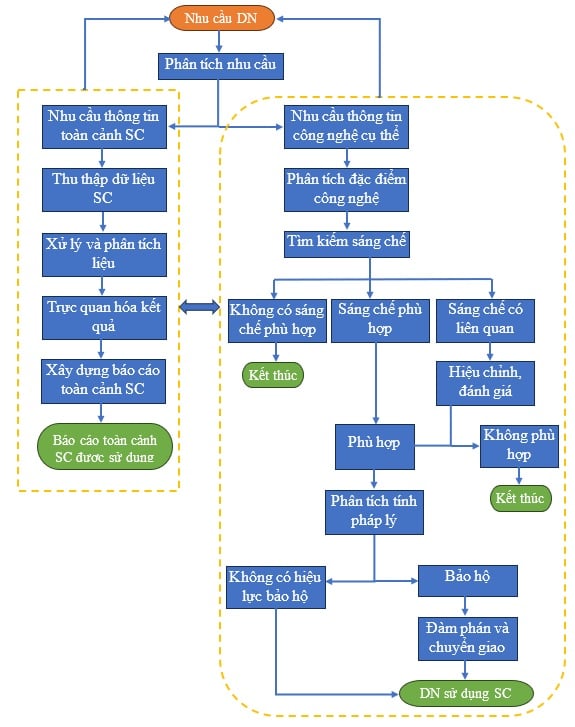
In case a business needs information about a specific technology, it is necessary to analyze the technology characteristics to draw out the important and core technology characteristics, helping to find the most convenient and suitable SC. If the search process does not have suitable SC information, the business needs to develop the technology itself and this can be a technology gap for the business to become a pioneer.
When finding SCs, businesses need to evaluate and determine whether the technology in the SC is suitable or related. If the technology is only related, it is necessary to determine whether this technology can be adjusted to suit the needs. If not, the SC determination process will stop and the business will research and develop its own technology. For suitable SCs, or SCs after adjustment to suit the technology being developed at the business, it is necessary to analyze the legality of the SC. If the SC is not protected in that territory, or the SC has expired, the business can directly use it in its production and business activities. If the SC is protected, the business needs to negotiate and transfer appropriate technology to apply.
For businesses that need to develop/innovate technology but do not have a specific problem or issue, it is necessary to coordinate the activities of creating a comprehensive patent report and exploiting specific technology. The activity of creating a comprehensive report will take place first, to determine existing technologies, the development trends of these technologies, and the market potential of the technologies. Then the business will decide what its needs are in which field, and finally choose a specific technology for the business. In the process of developing technology within the business, difficult problems and technological problems will arise that need to be solved. At that time, the activity of exploiting specific technology from the invention is deployed to meet this need of the business. Coordinating these two processes helps the business clearly orient the technology that needs to be developed, while helping the business save time and costs in the process of developing new technology.
Importantly, the model is dynamic rather than static, meaning that the input to the model (business demand) is not a static, one-way demand from the business, but an interactive and changeable demand. This is demonstrated by two feedback loops between the activity of building the big picture report and the activity of exploiting the specific technology from the invention.
In the process of building a panoramic report, when there are new technologies, markets or potential technology trends... it is possible to go back to adjust the needs, to build a deeper and closer report or focus on that field, to achieve the highest efficiency for the business's operations. Similarly, the activity of exploiting inventions from a specific technology and finding another technology direction more suitable and effective can also completely adjust the input requirements, to achieve the highest efficiency of technology exploitation.
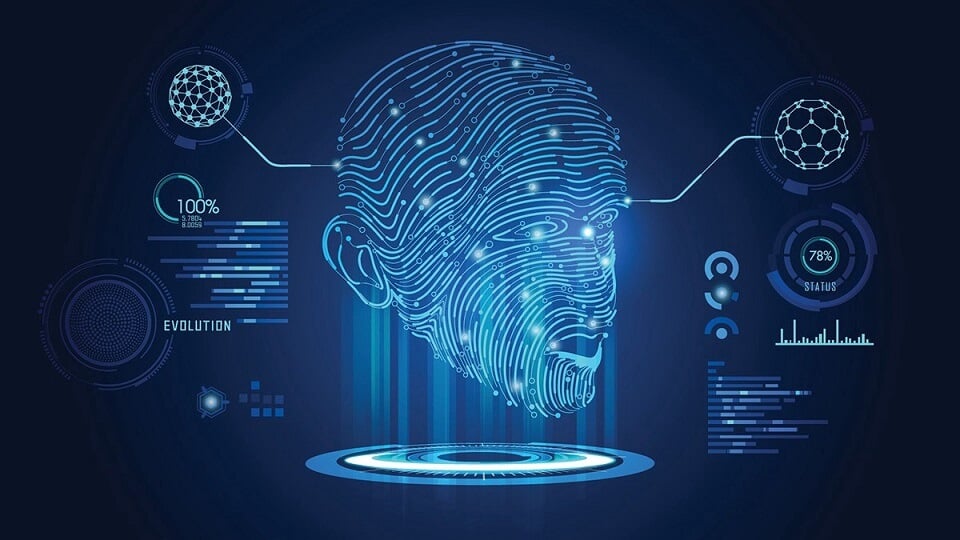
This SC mining model can be applied for many different purposes within a business, however the most useful uses include:
Support for business planning and production strategy: Many companies have difficulty pursuing management strategies in both domestic and foreign markets. When implementing such a strategy, the SC exploitation model, especially the SC overview report, is very important to determine the state of technology as well as technology development trends; technological capabilities and potential of competitors/partners; core technology or current important technologies and predict potential markets that large companies are targeting.
Support for R&D activities: R&D departments in companies use patent landscape reports to shape and select technology areas for R&D activities; evaluate the technology of major competitors in the market to develop more competitive enterprise technology. R&D departments will also exploit technologies in SCs that are not protected or have expired protection, as well as negotiate to receive technology transfer and licensing to increase the efficiency of research and development activities in terms of time and cost.
According to Intellectual Property
Source: https://doanhnghiepvn.vn/cong-nghe/mo-hinh-khai-thac-sang-che-ho-tro-doanh-nghiep-nang-cao-trinh-do-va-nang-luc-cong-nghe/20250130111424684




![[Photo] Urgently help people soon have a place to live and stabilize their lives](/_next/image?url=https%3A%2F%2Fvphoto.vietnam.vn%2Fthumb%2F1200x675%2Fvietnam%2Fresource%2FIMAGE%2F2025%2F12%2F09%2F1765248230297_c-jpg.webp&w=3840&q=75)



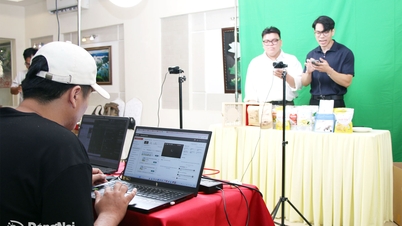




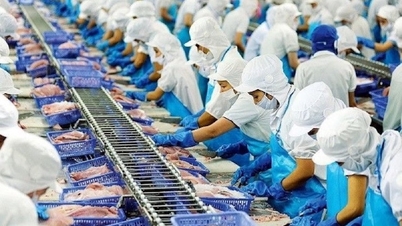



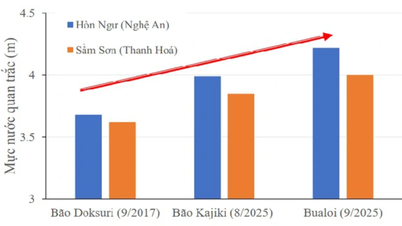














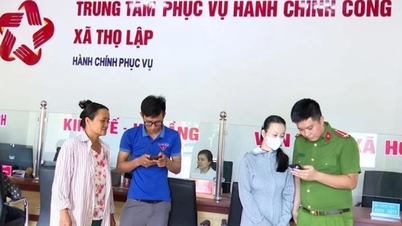








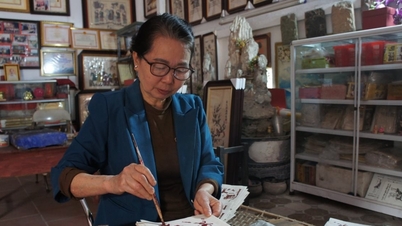



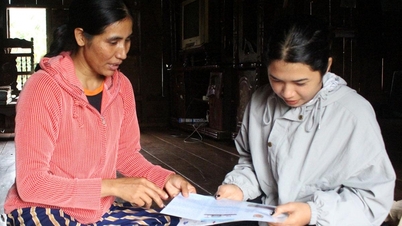

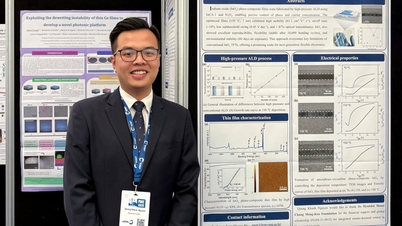



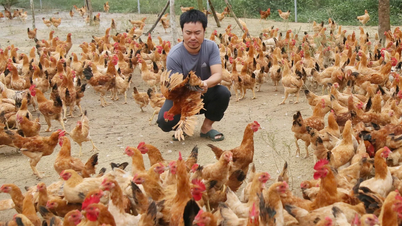


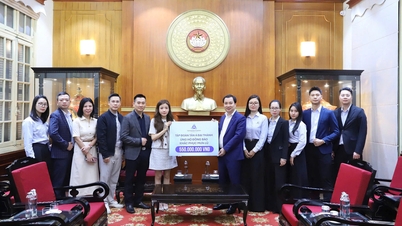

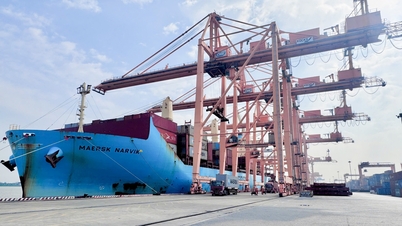
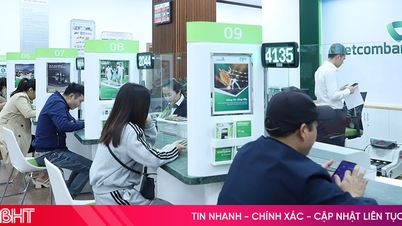

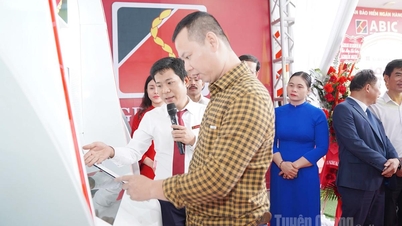

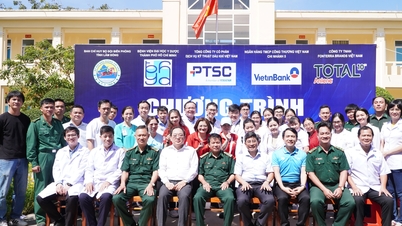
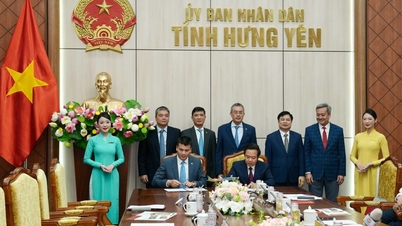






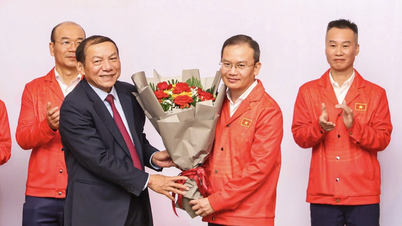









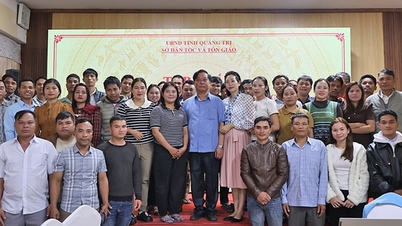
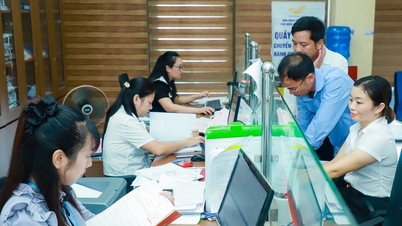




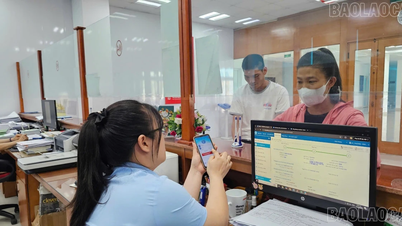

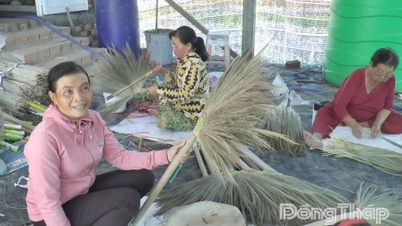

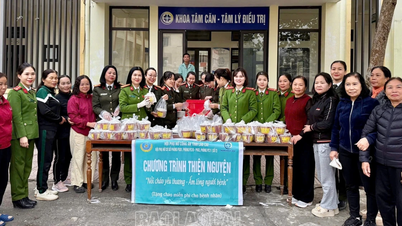

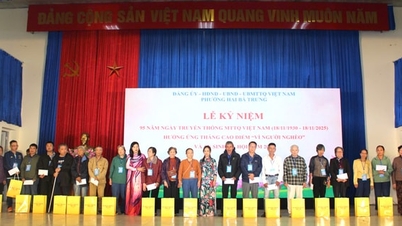



















Comment (0)